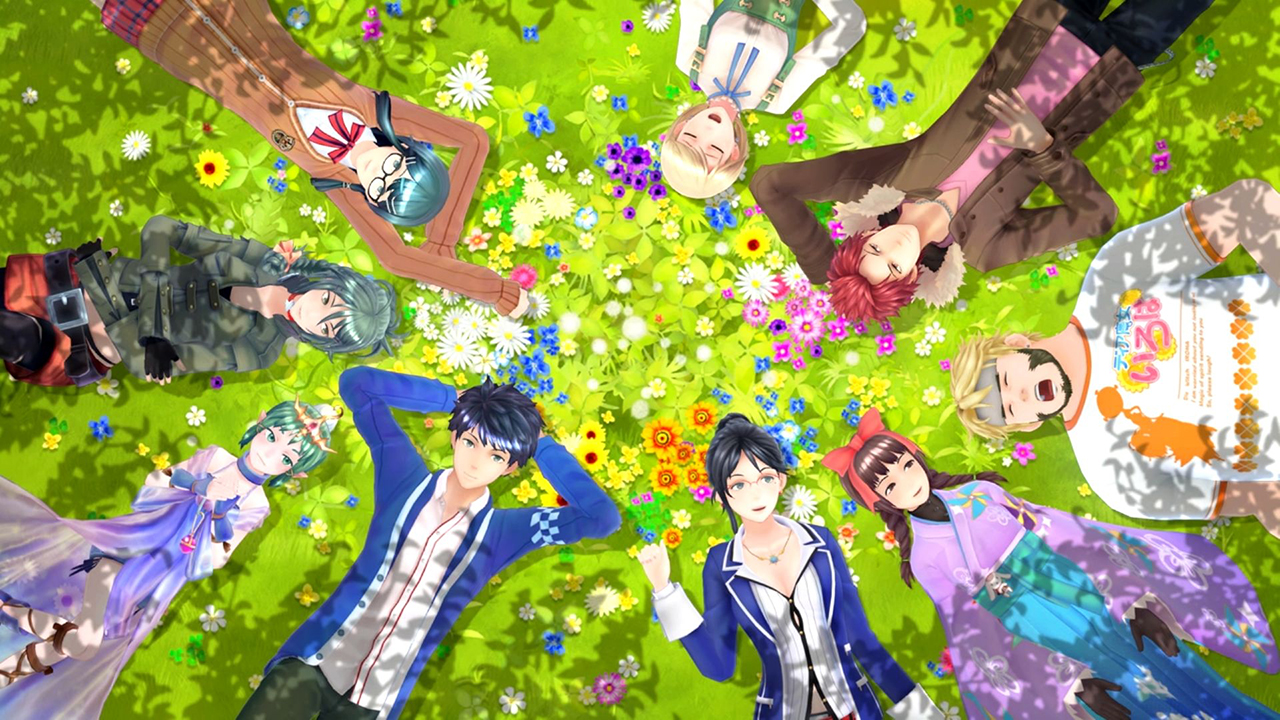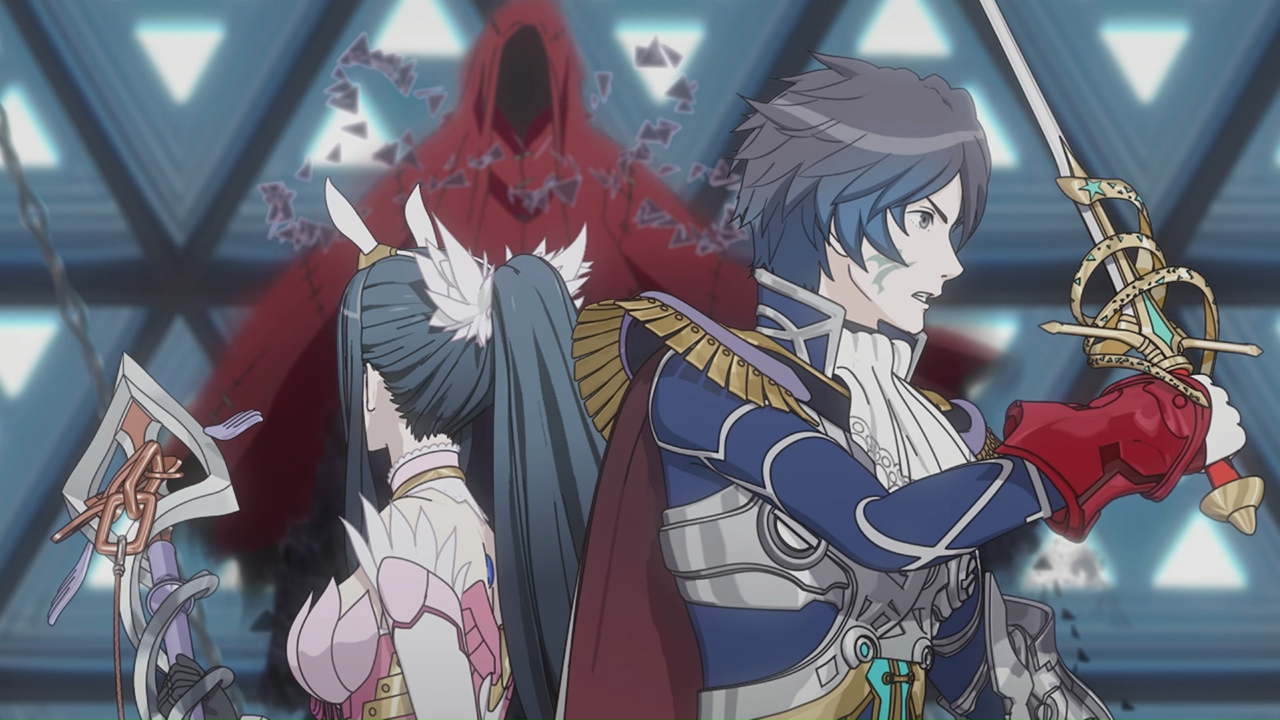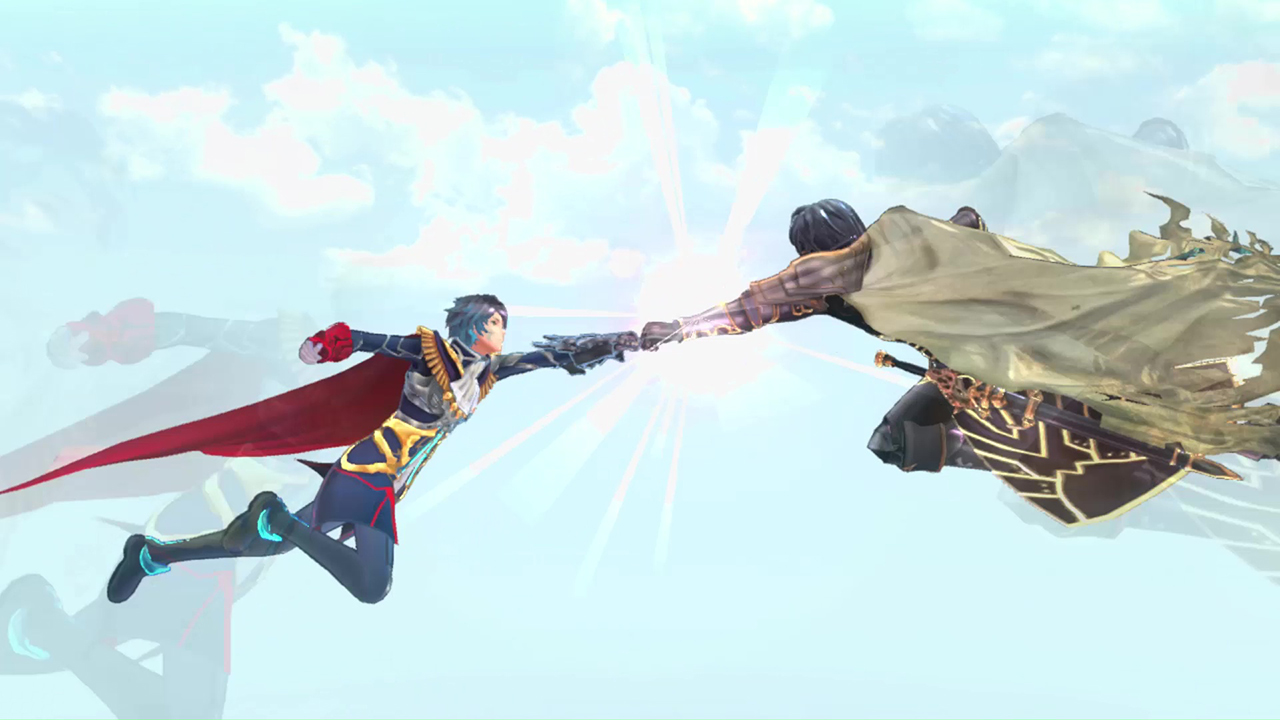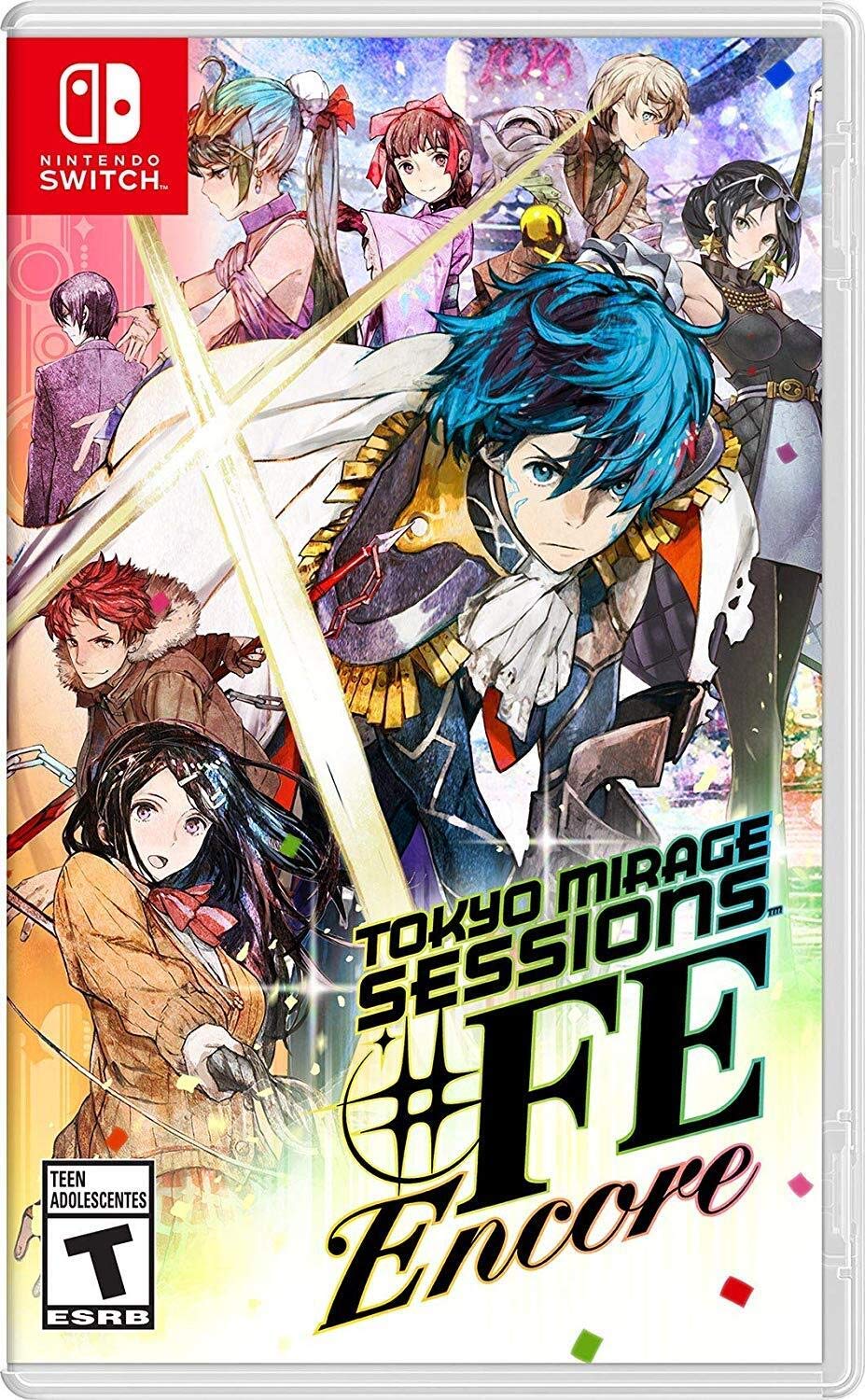
One of the best things about Nintendo Switch is the opportunity it grants to last-gen games that may not have gotten the time to shine they truly deserved. One such game is Tokyo Mirage Sessions #FE, a 2015 RPG that brought Shin Megami Tensei and Fire Emblem together in an unexpected crossover, serving up equal parts style and substance. Now it’s back in Tokyo Mirage Sessions #FE Encore, hopefully with a brand new audience eager to explore its bubblegum-pop-tinted representation of Japan.
Tokyo Mirage Sessions finds players falling head-first into a conflict between our world and that of Mirages, which mostly consist of hostile enemies who wish to harvest a type of energy from humans known as Performa. Previous attempts have even led to mass disappearances, and preventing further disasters quickly becomes the responsibility of lead character Itsuki Aoi, his friend Tsubasa Oribe—who aspires to be an idol—and an ever-growing cast of industry pros and amateurs alike.

That focus on idols is a key component of this particular adventure. Itsuki, Tsubasa and the rest of the gang ally themselves with a talent agency known as Fortuna Entertainment, which is tasked with clearing enemy Mirages out of areas called Idolaspheres. This is the fancy word for dungeons in Tokyo Mirage Sessions, and they function in a manner similar to those in the more recent Persona games. You can enter each Idolasphere at any time and exit whenever the going gets too rough. You’ll need to go back and continue your journey when you’re better equipped to handle it, but it offers a little more flexibility than the traditional style of RPG grind.
For the most part, these dungeons aren’t going to blow anyone away; the real star of Tokyo Mirage Sessions is the excellent turn-based battle system. With the help of friendly Mirages who are here to assist with the human side of the battle—many of which are based on characters from the Fire Emblem series like the first you encounter, Chrom—players can dive into intense fights with a heavy emphasis on exploiting enemy weaknesses. When you successfully do so with certain moves, it can trigger one or more Session attacks from other party members that hammer home a bunch of extra damage.

When you get in the flow of these battles and make the most out of the Unity system—which involves using new Mirage weapons to obtain more command moves and passive stat benefits—Tokyo Mirage Sessions really sings. Like other entries in these two series, particularly the Persona games, one of this RPG’s true pleasures is its flashy UI. There’s a real joy in the way menus are displayed and in the stylish way the world operates. That carries over to the battle aesthetics, too, ensuring you never get tired of using the same moves over and over again in between picking up new techniques.
As tends to be the case with these types of dungeon-centric RPGs, the grind becomes a tad overbearing at times. With a few exceptions noted, some of the Idolaspheres can be a drag to traverse, despite the catchy music that keeps you motivated to move on toward the next big boss. The combat and leveling system make up for it in the end, though, and seeing this one through is worth the effort it takes to get through some of the duller dungeons.

Tokyo Mirage Sessions has a decent challenge to it, particularly in the later dungeons, but there are enough options to make it accessible to pretty much anyone who wants to give it a go. If you missed out on this one when it was on the underappreciated (and undersold) Wii U, now is a great time to make up for that and experience one of the quirkiest and most colorful RPGs in recent years.
 Publisher: Nintendo
Publisher: Nintendo
Developer: Atlus, Intelligent Systems
System: Switch
Available: Now
Rating: T

